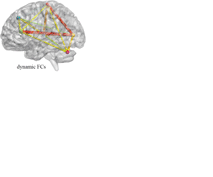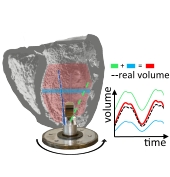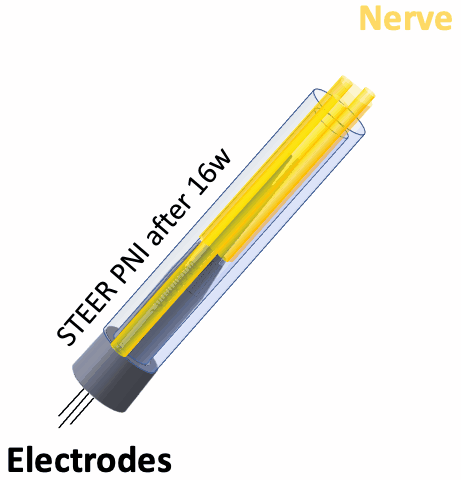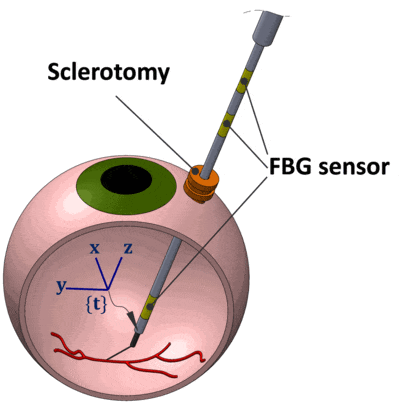Acoustic beam mapping for guiding HIFU therapy in vivo using sub-therapeutic sound pulse and passive beamforming
IEEE Transactions on Biomedical Engineering (TBME)
//www.embs.org/tbme/wp-content/uploads/sites/19/2022/06/ieee-tbme-logo2x.png
This work aims at deriving the therapeutic energy distribution within the tissue at the pre-treatment stage to guide the HIFU procedure. A beamforming-based energy mapping technique was established to estimate in-situ beam path of the therapeutic energy in a non-invasive way, which is extremely useful in visualizing the sound beam, especially its focal region, for the HIFU surgery. Effectiveness of this technique has been validated with simulations, in-vitro experiments, ex-vivo experiments and in-vivo tests on a rabbit. The technique is safe, easy to be applied in clinical practices, and can potentially be adapted to other ultrasound-related beam manipulating applications.
read more




